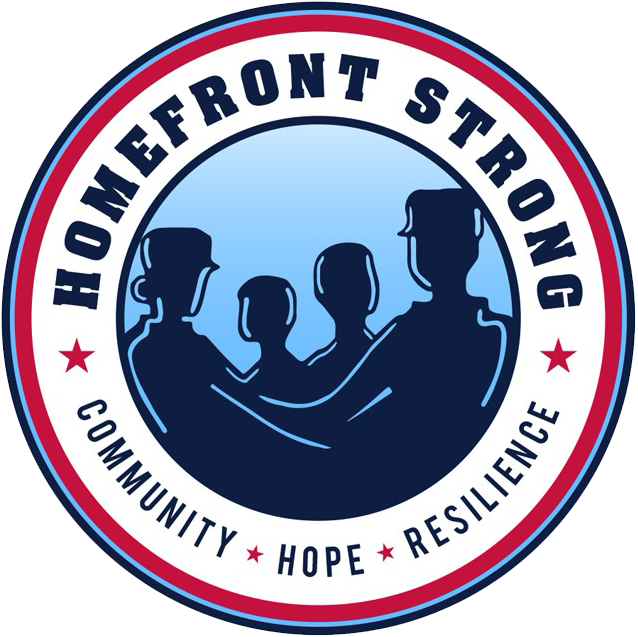One of the most insidious things about brain injuries is that you can have one and not even know it.
Pat Read, a case manager at Neuro-Rehab Management, Inc. (NRM) and the Wounded Warrior Project Independence Program, has been trained to recognize symptoms, which all too often result in self-isolation.
Read will give a brief talk at Welcome Home Place, a drop-in center for veterans, active-duty military, National Guard, Reservists and anyone who cares about issues related to those people. Welcome Home Place is from 9 to 11 a.m. Saturday, Nov. 23, at the E2E Center, 79 Main St., Ware. It is hosted by The Brookfield Institute, a nonprofit devoted to preventing veteran suicide and bringing increased well-being to veterans and their families through education and outreach.
“The majority of the warriors that we work with have the brain injury, but there are often other issues,” Read said. “It’s harder for warriors to feel like they have community support. Wounded Warriors was aware there were isolated veterans. The idea was, if there could be support provided by an individual (one on one) based on the warrior’s interests that could be the focus of the warrior’s activities.”
Read reaches out to community partners that can help get veterans involved in something in their community, whether it’s through fly-fishing, vocational training or household management.
The key is individual support, Read said.
“We go into a community and find partners — independent living centers, brain injury programs, home health agencies. One common denominator is that they’ve made a commitment to providing one-on-one support.”
NRM, based in Woburn, has been providing community-based support services for individuals with brain injuries, neurological disorders, or neuromuscular conditions for more than 30 years. They teamed up with the Wounded Warriors Project on The Independence Program, which is designed for post-9/11 warriors who have experienced moderate to severe traumatic brain injury, spinal-cord injury and other neurological condition.
Read stresses that the injury doesn’t have to have been combat-related — it could be from something that happened after the veteran returned home.
Until recently, Read said, many post-9/11 warriors had not been diagnosed with a brain injury, despite experiencing blast exposures while serving. “They’d come home, maybe have issues related to memory or completing tasks, and still not been diagnosed with a brain injury.” Now, there’s an effort to make sure people are diagnosed, but there are still many veterans without an official diagnosis. “People may not put two and two together — I deployed, there were explosions, I sometimes have thinking problems.”
Read particular enjoys matching her clients with alternative therapies, like art, music and equine therapy and yoga and meditation. “They can have real benefits for some people with cognitive issues, but also with some of the emotional issues associated with post-traumatic stress. We have seen really good things come out of these experiences.”
But it all comes back to one-on-one support, Read says. “The one to one support is basically doing that cognitive training — getting people into the community and helping them find a support network. They develop problem-solving skills and learn to regulate emotions when they’re in the community. Insurance doesn’t pay for that kind of one-to-one support and that’s why the Wounded Warrior Project started the Independence Program.”

